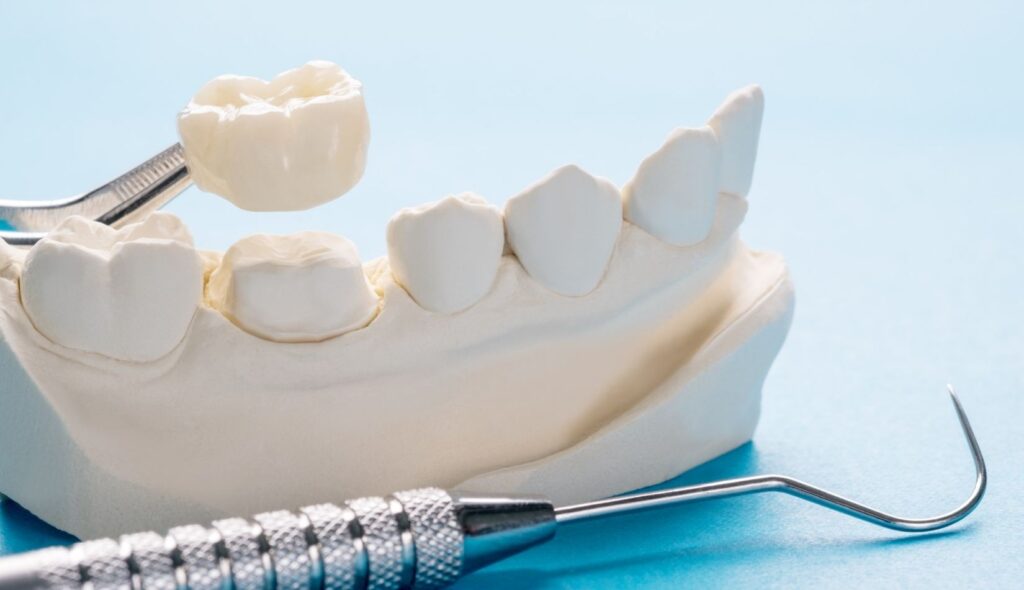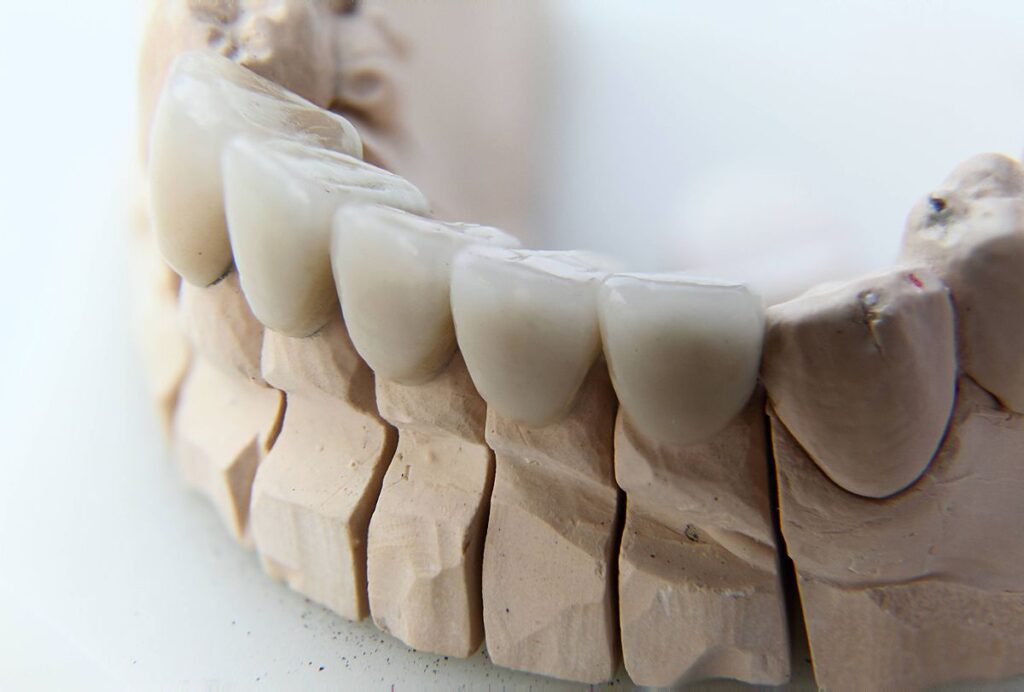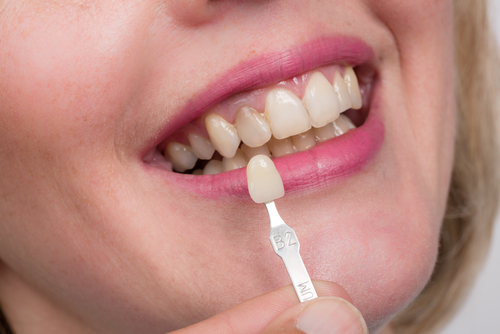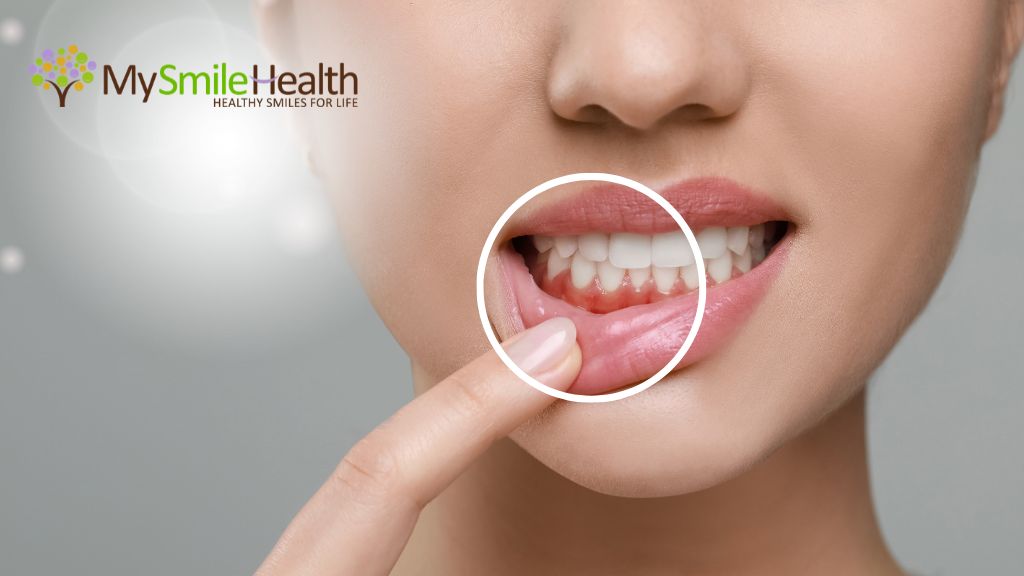Dental Crown
Dental crowns, sometimes known as “caps,” are artificial teeth that fit over a tooth to improve its appearance and reinforce or protect it from future harm. Dentists can also fuse them onto dental implants to replace a lost tooth and improve the patient’s smile.
Dental crowns can be constructed specifically for a patient’s needs from various materials, including resin, porcelain, gold, and metals. The height can be sturdy, long-lasting, and matched in tone and texture to the neighbouring teeth depending on the material chosen.

Dental Bridge
A dental bridge is a prosthesis between two healthy neighbouring teeth to replace one or more missing teeth. Two crowns and a tooth bridge are the components of dental bridges. These parts are the lost tooth or teeth replacement and lay on the gums. To hold the bridge in place, the dentist affixes these crowns to the teeth on each side of the gap, whether natural teeth or dental implants.
Additionally, there are several materials available for dental bridges. The best option for you will rely on your preferences, your financial circumstances, the teeth you’re replacing, and the tastes of your dentist.
Dental Crowns or Bridges Can Fix Issues
Dental bridges and crowns are excellent options for many dental problems. They can be pretty crucial for preserving your oral health. The following are some issues that crowns or bridges can resolve, manage, or prevent:
Treat weak large fillings or deep cavities
The bone in the region will be weak and more prone to fracture if you have ample filling or extensive decay (at least half the diameter of your tooth). In this case, sealing the cavity would only be a temporary solution since the teeth may shatter or the cavity might worsen. Getting a dental crown will most likely resolve the problem, guard your teeth against more harm, and keep it from happening again for a long time.
Broken, chipped, or cracked teeth
Fillings, Onlays, or veneers cannot improve a chipped, cracked, shattered, or severely damaged tooth’s look, leaving only dental crowns as a solution. The crown will fortify the weak tooth if it is at risk of breaking apart, keep it in place, and guard against dental infection.

Repair Enamel
Your enamel can erode from frequent teeth cleaning, acidic food and drink consumption, and other factors. You may feel dental sensitivity and discolouration if your enamel has been considerably worn down. Fortunately, crowns and bridges can assist in resolving the situation and restoring the shape, size, and look of your tooth.
Root Canal
If you’ve had a root canal, you’ll probably require a crown to strengthen and protect your tooth or to restore its structural integrity and functioning. By leaving the tooth hollowed, a root canal often makes the tooth weaker and increases the likelihood of it fracturing or shattering.
Misaligned teeth and cosmetic problems
Not only can having gaps in your teeth make it difficult to smile, but they may also alter how your face and jawbone are built. Additionally, shifting teeth can result in an uneven bite, which raises your risk of dental decay, gum disease, temporomandibular joint (TMJ) disorders, and enamel erosion. Fortunately, your dentist can improve your tooth’s appearance, address misalignment concerns, and boost your confidence in your smile with a dental crown or bridge.
Problems with speech and pronunciation
Certain words or sounds must be formed and spoken with the front teeth. Getting a dental crown or bridge will help restore your teeth and resolve your pronunciation problems if missing teeth make it difficult for you to speak normally.
problems chewing and having weak teeth
The teeth are strengthened with crowns and bridges, restoring the bite and chewing force. They shield teeth from misalignment and evenly distribute chewing pressure across nearby teeth. By doing so, you’ll be able to chew food effectively and prevent problems caused by trouble chewing.






